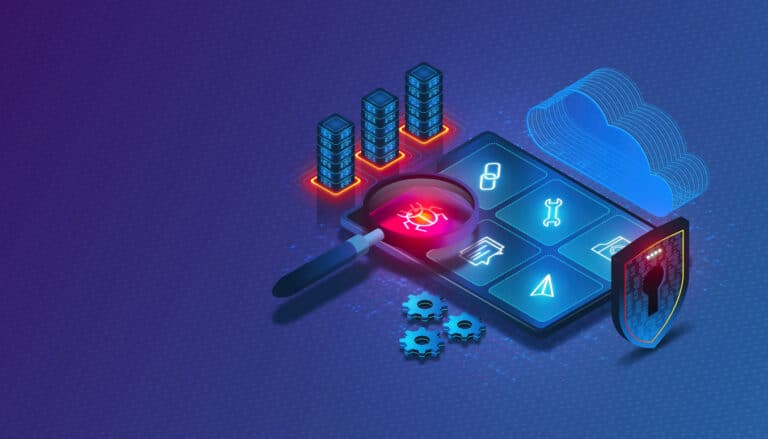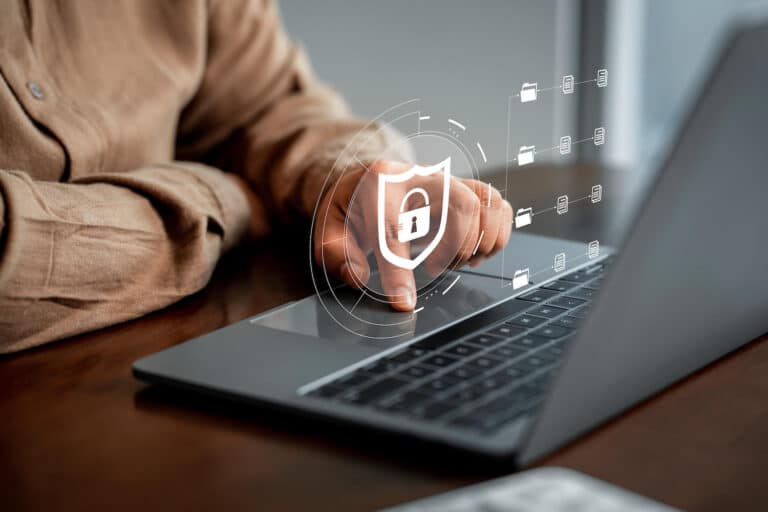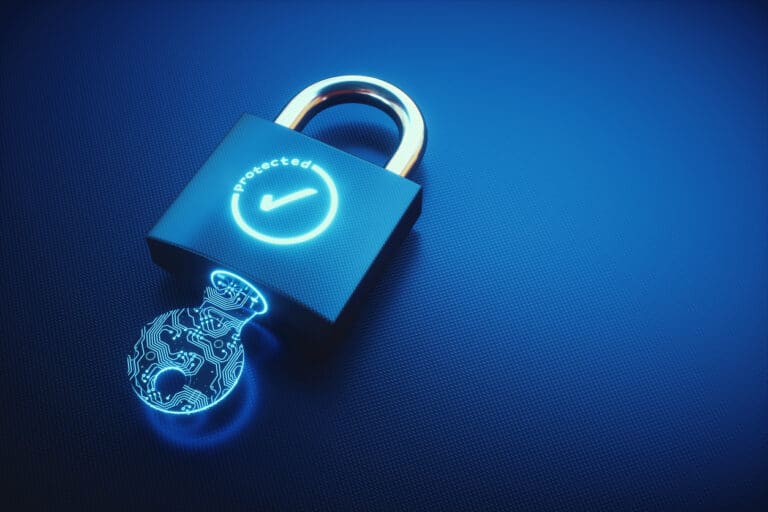In part 1 of this blog series we provided an overview of SOC 2 Type 1. In this post we will review SOC 2 Type 2.
A SOC 2 Type 2 assessment and certification serves as a key benchmark for organizations managing customer data, emphasizing the integrity of their control systems over time. Unlike Type 1, which offers a snapshot at a specific moment, the Type 2 report evaluates operational effectiveness over an extended period, typically six months to a year. This provides stakeholders with greater confidence in the organization’s security measures.
Also, businesses undergoing SOC 2 Type 2 assessments are often better equipped to identify and rectify potential vulnerabilities proactively. This process can lead to enhanced customer trust and potentially open doors to new business opportunities by showcasing a strong commitment to data protection standards. For businesses aiming for thorough resilience in their operations, this certification is not just beneficial but essential.
Understanding SOC 2 Compliance
As discussed in the previous blog post, SOC 2 compliance focuses on the controls organizations must implement to protect client data, aligning with five core principles: Security, Availability, Processing Integrity, Confidentiality, and Privacy. Achieving compliance is more than a regulatory necessity; it’s a strategic business move that can enhance your company’s credibility and foster trust with clients. By rigorously adhering to SOC 2 standards, you demonstrate a proactive commitment to safeguarding sensitive information.
Leveraging SOC 2 compliance as a differentiator in competitive markets can lead to new business opportunities and improved customer retention. Organizations often find that the process of becoming SOC 2 compliant also uncovers inefficiencies and gaps in their security posture, offering an opportunity for continuous improvement. As cybersecurity threats evolve, maintaining SOC 2 compliance ensures that your organization is not only meeting today’s standards but is also prepared for future challenges.
Recap of SOC 2 Type 1
SOC 2 Type 1 assessments focus on evaluating the design of security controls at a specific point in time, providing an essential snapshot of an organization’s control framework. Unlike the SOC 2 Type 2 report, which assesses operational effectiveness over a period, the Type 1 report offers immediate insights into whether appropriate systems are in place to meet trust service criteria. This serves as a foundational step for organizations embarking on their path to robust data protection and risk management.
In addition to setting a baseline for internal processes, attaining SOC 2 Type 1 certification can enhance client confidence by demonstrating a commitment to stringent security standards. This initial form of assurance helps enterprises identify areas needing improvement before committing resources toward ongoing compliance efforts required for SOC 2 Type 2 certification.
Overview of SOC 2 Type 2
SOC 2 Type 2 assessments go beyond just an initial snapshot of a company’s security posture. This certification measures the effectiveness of a service organization’s controls over an extended period, typically six to twelve months. It provides stakeholders with detailed insights into how well an organization upholds the principles of security, availability, processing integrity, confidentiality, and privacy on a continual basis.
This level of scrutiny is critical for businesses that handle sensitive data or rely heavily on outsourced services because it demonstrates ongoing commitment rather than one-time compliance. Moreover, achieving SOC 2 Type 2 certification can significantly enhance trust between service providers and clients by confirming that robust internal controls are sustainably maintained over time. Thus, it not only fortifies organizational resilience but also boosts competitive advantage in today’s data-driven market.
Key Differences Between Type 1 and Type 2
Type 1 and Type 2 SOC 2 assessments, while both integral to ensuring robust data security, diverge notably in scope and duration. A Type 1 report evaluates the design of security controls at a specific point in time. This snapshot approach offers a preliminary view into an organization’s control environment but lacks evidence of operational effectiveness over time.
Conversely, a Type 2 assessment spans several months, rigorously testing the operating effectiveness of these controls. This extended evaluation period provides stakeholders with comprehensive insights into consistent adherence to security policies. Importantly, opting for a Type 2 certification demonstrates proactive commitment to ongoing compliance and risk management, offering greater assurance to clients and partners about the reliability and stability of your cybersecurity measures.
Steps to Prepare for SOC 2 Type 2 Certification
Preparing for a SOC 2 Type 2 certification involves detailed planning and adherence to best practices. First, conduct a thorough risk assessment to identify potential weaknesses in your information security controls. This analysis will guide your subsequent steps and ensure that all critical areas are fortified against vulnerabilities.
Next, implement and document robust policies and procedures that align with the AICPA’s Trust Services Criteria. Clear documentation is essential as it not only provides a blueprint for operational consistency but also serves as evidence during the audit process. Lastly, engage in regular internal audits to continually assess the effectiveness of these controls. Internal reviews can uncover issues early, allowing for timely adjustments before the formal examination by external auditors.
By systematically addressing each step—from risk assessments to continuous monitoring—you can navigate the complexities of SOC 2 Type 2 certification with confidence. This proactive approach not only improves your security posture but also instills trust among clients and stakeholders.
Common Challenges in the Preparation Process
The preparation process for SOC 2 Type 2 certification presents several common challenges that organizations often face. First, understanding and correctly implementing the five Trust Service Criteria—security, availability, processing integrity, confidentiality, and privacy—can be daunting. Each criterion encompasses vast areas requiring robust internal controls and comprehensive documentation.
Another major hurdle is time management. SOC 2 assessments often demand significant resources over extended periods, which can strain an organization’s operational capacity. Companies might struggle to balance ongoing business functions while rigorously adhering to compliance requirements. Lastly, continuous monitoring of controls after implementation requires sustained commitment and vigilance to ensure long-term adherence standards are met consistently.
Engaging with these challenges proactively can make a meaningful difference. Invest in training and educating staff about the importance of each trust principle to foster a culture of compliance. Efficient use of technology solutions can also streamline processes—automating routine tasks reduces manual effort, ensuring more accurate results and freeing up your team for higher-level strategic tasks associated with SOC 2 Type 2 assessment preparation.
Best Practices for Successful Certification
To ensure a successful SOC 2 Type 2 certification, organizations should prioritize thorough and ongoing preparedness over last-minute efforts. Regular internal audits play an essential role in identifying potential gaps early, allowing ample time to address any weaknesses before the formal assessment begins. Engaging with experienced advisors can offer tailored insights and practical recommendations to streamline compliance processes.
Another pivotal best practice is cultivating a culture of security awareness within the organization. Employee training on data protection policies and security protocols ensures that everyone understands their role in maintaining compliance. Consistently updated documentation reflecting current practices and procedures will not only facilitate the assessment but also promote a robust, secure environment as an ongoing business standard.
Conclusion
Achieving SOC 2 Type 2 certification is not merely a compliance check, but a significant demonstration of an organization’s commitment to security and operational excellence. This certification reassures clients and stakeholders that the company has implemented effective systems to safeguard client data over time. By embedding these stringent controls into daily operations, businesses can enhance trust and potentially gain a competitive advantage.
Additionally, maintaining this certification involves continuous monitoring and improvement. It encourages a culture of accountability and vigilance towards information security within the organization. In today’s rapidly evolving digital landscape, such proactive measures are essential not just for compliance but for sustained business growth and resilience against potential cybersecurity threats.
Contact us today to learn how we can help you with your SOC 2 assessment activities.







